Biometric Monitoring
PsychoGenics offers simultaneous measurement of different biometrics including electroencephalogy (EEG), electromyography (EMG), electrocardiography (ECG), tempertature, activity and sleep-wake state. These metrics are important circadian and stress-related biopotentials and can be used in efficacy or safety studies.
Electrocardiography (ECG)
ECG can be recorded from unanesthetized freely moving animals simultaneously with EMG and EEG. The ECG trace is sufficently refined to detect individual PQRST complexes and calculate beats per minute and interbeat interval.
Figure 1: 30 second rate histogram of EEG, neck muscle EMG, and ECG from an unanesthetized rat. Enlarged section at bottom shows clear PQRST complexes in the ECG waveform.
Figure 2: 8 minutes of EEG and EMG represented as power spectral densities (power represented by colored heatmap) and (bottom) ECG as beats per minute (BPM). A simultaneous increase is seen in theta (5-8Hz), EMG, and BPM.
Temperature
Temperature can be recorded from unanesthetized freely moving animals simultaneously with other biometrics. Temperature is an important biomarker in Central Nervous System (CNS) Safety Pharmacology Studies but also as a biomarker in models of stress, PTSD, narcolepsy with cataplexy, and other CNS disorders.
Figure 3: Average temperature (Top Panel) and synchronous sleep-wake stages (Bottom Panels) for 40 minutes before drug and 90 minutes after drug administration. Baseline basal temperature with NREM sleep is observed prior to dose. The drug dose-dependently increased wakefulness but also decreased temperature while the low dose had no effect. The high dose significantly suppressed temperature and increased Active Wake 30-90 minutes post-dose.
PiezoSleep
The PiezoSleep Mouse Behavioral Tracking System (Signal Solutions) noninvasively monitors sleep/wake cycles and is scalable for high throughput assessment of sleep and circadian changes associated with CNS models or pharmacological intervention.
Figure 4: Percent time in sleep as calculated from manual sleep scoring derived from EEG and EMG (Top Panel) and PiezoSleep (Bottom Panel) for 6 hours during the day (lights on). Note that the rapid results calculated from the PiezoSleep system is consistent with manual sleep-scoring.






